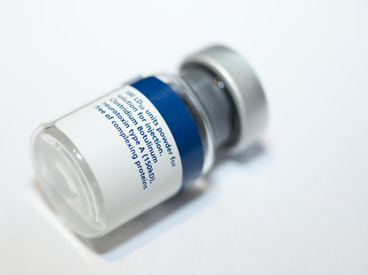Botox (botulinum toxin type A) is made from a protein produced by Clostridium botulinum bacteria that can relax muscles. Approved in 2002 to reduce wrinkles, the versatile drug now offers head-to-toe hope for migraines, urinary frequency, and foot pain.
Botox for Migraines
Injecting Botox around the head and neck about every 12 weeks helps dull future headache symptoms and improve quality of life in people with near-daily migraines, according to a 2011 study of 1,384 adults. FDA-approved for chronic migraine in 2010, Botox has not been shown to work for migraine headaches that occur 14 days or less per month, or for other forms of headache.
Botox for Urinary Frequency
People with overactive bladders or OAB report improved urinary control for six months or more after injection of Botox into the bladder muscle. Experts say the drug (approved in 2011 for OAB resulting from multiple sclerosis or spinal cord injury) blocks signals that activate the bladder muscle, but doesn’t interfere with the function of surrounding muscles.
Botox for Foot Pain
People with aching feet are also opting for Botox—even though it’s not approved for treating the prevalent problem. Small cushions of fatty acids that protect feet from torque and shear are decidedly crucial as we pound through life. But wearing high heels can wear out the fat pad at the base of the toes. And thin-soled athletic cleats and steroid injections for plantar fasciitis (a frequent cause of chronic heel pain) can sometimes shrink padding under the heel and on the outer arch contact area. Aging, having diabetes, or being overweight also put feet at risk.
“Pain occurs when areas of the feet are subjected to unaccustomed strain as the padding deteriorates,” explains New York podiatrist Alan Berman. Botox injections may relieve pain for about three months or the amount of time the drug remains in the system, according to ongoing research. Plumping up sore feet with newer skin fillers (Juvederm, Sculptra) also seems promising. “Wearing supportive insoles such as Lynco or Spenco inserts and well-fitting shoes remain the gold standard for lasting relief,” advises Dr. Berman.
Become a Saturday Evening Post member and enjoy unlimited access. Subscribe now



